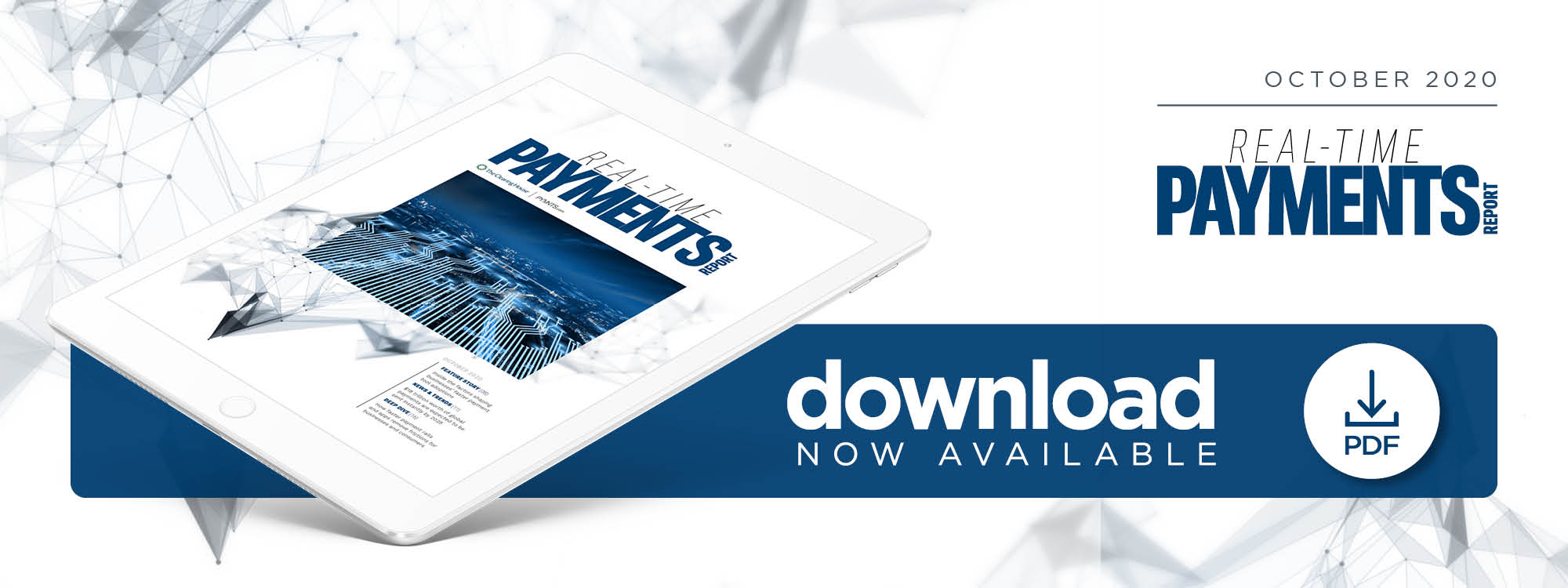Deep Dive: How Faster Payment Tools Can Ease Frictions For Consumers And Businesses

The COVID-19 pandemic and its economic impacts have created new payment complexities for consumers and businesses alike. Consumers who have lost hours at work or have faced other financial setbacks need to get paid as fast as possible so they can cover their bills, for example. They do not want to wait for employers to send checks in the mail, and the pandemic has meant that they may not be able to use cash for day-to-day transactions as they once might have. Frictions like these are creating a greater demand for rapid payroll and peer-to-peer (P2P) payment options.
Small businesses have likewise been hit hard by the economic slump, and few have the financial resources to withstand cash flow interruptions. These firms need their business clients to pay them promptly if they are to stay in operation, and legacy methods like paper checks can take several days or even weeks to arrive by mail.
The mounting pain points associated with traditional payment methods are prompting businesses and consumers to take a fresh look at the faster payment options available to them. This month’s Deep Dive examines how mobile payment apps and real-time rails help remove significant payment frictions for those in need.
Digital Payment Apps
P2P apps such as Venmo and Zelle have seen their user bases and transaction volumes surge as consumers look for easier and touch-free payment experiences, whether they are transacting with friends and family or neighborhood businesses. For example, Venmo reported a 52 percent hike in its total transaction volume during Q2 2020 as it expanded its base from 8 million active users to more than 60 million. The record performance reflects consumers’ continued wariness about engaging in in-person transactions and shopping in-store — a sentiment expressed by 70 percent of consumers in July.
Digital wallets and P2P payment apps are not only helping consumers and businesses transact, but these options are now even being used to process payroll. Zelle reported that many more small- and medium-sized businesses (SMBs) are using its services to send payroll to employees, for example. Offering access to real-time disbursements for wages, freelancer earnings, insurance claim funds, stock dividends and other payouts using such methods can significantly impact retention. A recent PYMNTS study found that 61 percent of surveyed consumers would be more likely to keep doing business with companies that enable them to receive such funds within 30 minutes of disbursement and without being charged fees for this rapid delivery.
Real-Time Rails
Heavy reliance on paper checks sent through the mail has long bogged down payments among businesses, but a greater share of firms are starting to seek more modern payment experiences. Companies are not just swapping out paper checks in favor of digital methods, but are also seeking to accelerate transactions further by tapping instant payments rails that can resolve more of their frictions. Payment speed can be an important business asset. A PYMNTS survey of microbusinesses found that two-thirds of those that receive disbursements — such as business or government payments and other revenue — would prefer to keep working with entities that offered them instant payments without charging them additional fees.
Many companies are thus looking to make upgrades now or in the near future. A January 2020 PYMNTS study conducted with 516 company leaders found that 85 percent either were currently implementing real-time payments or intended to do so by 2023. Firms are drawn to this type of payment for various reasons, with 77 percent saying it was “very” or “extremely important” to get 24/7 services and 76 percent saying the same about immediate access to funds. Companies deciding how best to handle their transactions may also find real-time payments to be valuable for situations where they need payments-related data to flow rapidly alongside funds. PYMNTS research indicates that getting enhanced data that could better support reconciliation activities was “very” or “extremely important” to 77 percent of respondents.
Companies and consumers are abandoning paper and embracing digital transaction methods. Simple, consumer-friendly tools, like payments apps and mobile wallets, are streamlining payroll disbursements to employees and fund transfers to consumers’ friends and families. Real-time payment systems that can accelerate both the delivery of funds and the accompanying data are valuable to vendors that need to get compensated in a more timely manner.
The frictions associated with paper checks and cash-based transactions have put some businesses and consumers under added strains during the pandemic, but digital tools can help kick payments into a higher gear. Payers and payees that have become accustomed to a more rapid pace of transactions are unlikely to give up on that convenience and go back to older, slower paths.

